Hot weather and unusual rain reduce the resistance of livestock, making it easy for disease to break out.-Photo: T.HOA
The epidemic is complicated
Currently, in the whole province, the total buffalo herd is 49,694, the cow herd is 146,068, the pig herd is 522,269, and the poultry herd is over 9.5 million. Livestock raising is becoming one of the economic development directions, bringing stable income to the people. However, since the beginning of the year, epidemics such as: Avian influenza, septicemia (THT) combined with bovine lepidopteran disease, African swine fever (ASF) have appeared in many localities, causing considerable damage to livestock farmers.
Of which, avian influenza A/H5N1 occurred in a household in Vinh Dinh commune, causing 3,442 ducks to be infected and destroyed. The outbreak has now been over 21 days. THT combined with lepidopteran disease in buffalo and cow herds has also occurred in Ba Long and Ai Tu communes, causing 39 buffalo and cows to die. The outbreak has now been over 21 days.
In particular, as of July 5, ASF has occurred in 22 villages/6 communes including: Kim Phu, Tan Thanh, Tan Gianh, Dong Le, Quang Trach and Phong Nha, causing 558 pigs to become sick, die, and be destroyed with a total weight of nearly 37 tons. The outbreaks have not yet passed 21 days. Tuyen Son and Tuyen Lam communes also have pigs suspected of dying from ASF. Authorities are taking samples and waiting for test results.
Mr. Du Xuan Canh, Phong Nha commune, said: His family raised 27 pigs. Previously, the local authorities announced the presence of ASF, but due to subjectivity, allowing strangers to enter the barn, since June 15, his family's pigs stopped eating, had a slight fever, had constipation and died. Currently, the pigs have been destroyed, the family has also disinfected the barn, waiting for the epidemic situation to stabilize before re-herding.
Head of the Provincial Department of Animal Husbandry and Veterinary Medicine, Tran Cong Tam, said: As soon as there was information about the epidemic in livestock, the department directed the affiliated animal husbandry and veterinary stations to organize inspections and guide the People's Committees of the communes with the epidemic to implement disease prevention and control measures according to regulations.
Accordingly, statistics and inspection of livestock and poultry at the village and commune levels are carried out to determine the subjects and number of animals susceptible to the disease; inform people about the disease situation to participate in disease prevention and control activities; request not to import new animals susceptible to the disease that is occurring; support chemicals to disinfect livestock areas and barns; organize the destruction of dead and sick livestock and poultry according to regulations...
Phong Nha commune is currently a hotspot of African swine fever when the disease broke out in 49 households in 9 villages with 341 dead pigs, the risk of spreading is very high. |
Proactive solutions
Recognizing the high risk of animal diseases arising and spreading in the province in the coming time, based on the directives of the superiors, the Department of Animal Health has promptly advised the Department of Agriculture and Environment to submit to the Provincial People's Committee to issue directives on disease prevention and control in the province, thereby helping localities to synchronously and drastically implement disease prevention and control measures, contributing to limiting the outbreak and spread of diseases.
Vaccination is an effective measure to prevent epidemics. -Photo: T.HOA
Since the beginning of the year, the unit has directed the CN-TY stations to guide and urge the commune-level localities to deploy screening, statistics, registration and vaccination of livestock. Currently, the localities have basically completed the first vaccination phase of 2025. In addition, the unit has also focused on taking samples for active and passive monitoring of diseases and post-vaccination monitoring.
According to Mr. Tran Cong Tam, currently, ASF continues to occur in localities, and disease prevention and control work is still facing many difficulties. The main reason is that ASF pathogens still exist in the environment, there is a vaccine for the disease but the cost is high, and the vaccine is new, so farmers have not boldly registered to use it; it mainly occurs in small-scale farms that do not apply biosafety measures.
In addition, the vaccination rate for livestock and poultry in the first phase of 2025, although higher than the same period in 2024, has not yet reached the set plan, the reason is that most vaccines are commercial, so farmers do not invest much in vaccination; the rate of commercial livestock transit into the province is large, especially buffalo, cows and poultry, so it is easy for diseases to spread.
In the coming time, to better implement the work of preventing and controlling animal diseases in the area, it is necessary to strengthen coordination between levels, sectors and localities in implementing animal disease prevention and control, especially when epidemics occur.
Continue to strengthen information and propaganda in various forms on policies and guidelines on disease prevention and control, and the harmful effects of diseases on livestock; direct and urge localities to deploy vaccination and supplementary vaccination of vaccines in the second phase of 2025 to ensure at least 80% of vaccination coverage.
In addition, disease surveillance must be conducted regularly. When a dangerous infectious disease is suspected, samples must be taken for testing and disease prevention and control measures must be implemented according to regulations.
In particular, continue to implement active sampling programs to monitor the circulation of some dangerous infectious pathogens in livestock herds in high-risk areas and old epidemic areas to provide early warning of pathogen circulation and have appropriate disease prevention plans.
Thanh Hoa
Source: https://baoquangtri.vn/chu-dong-phong-chong-dich-benh-tren-dong-vat-nuoi-195597.htm



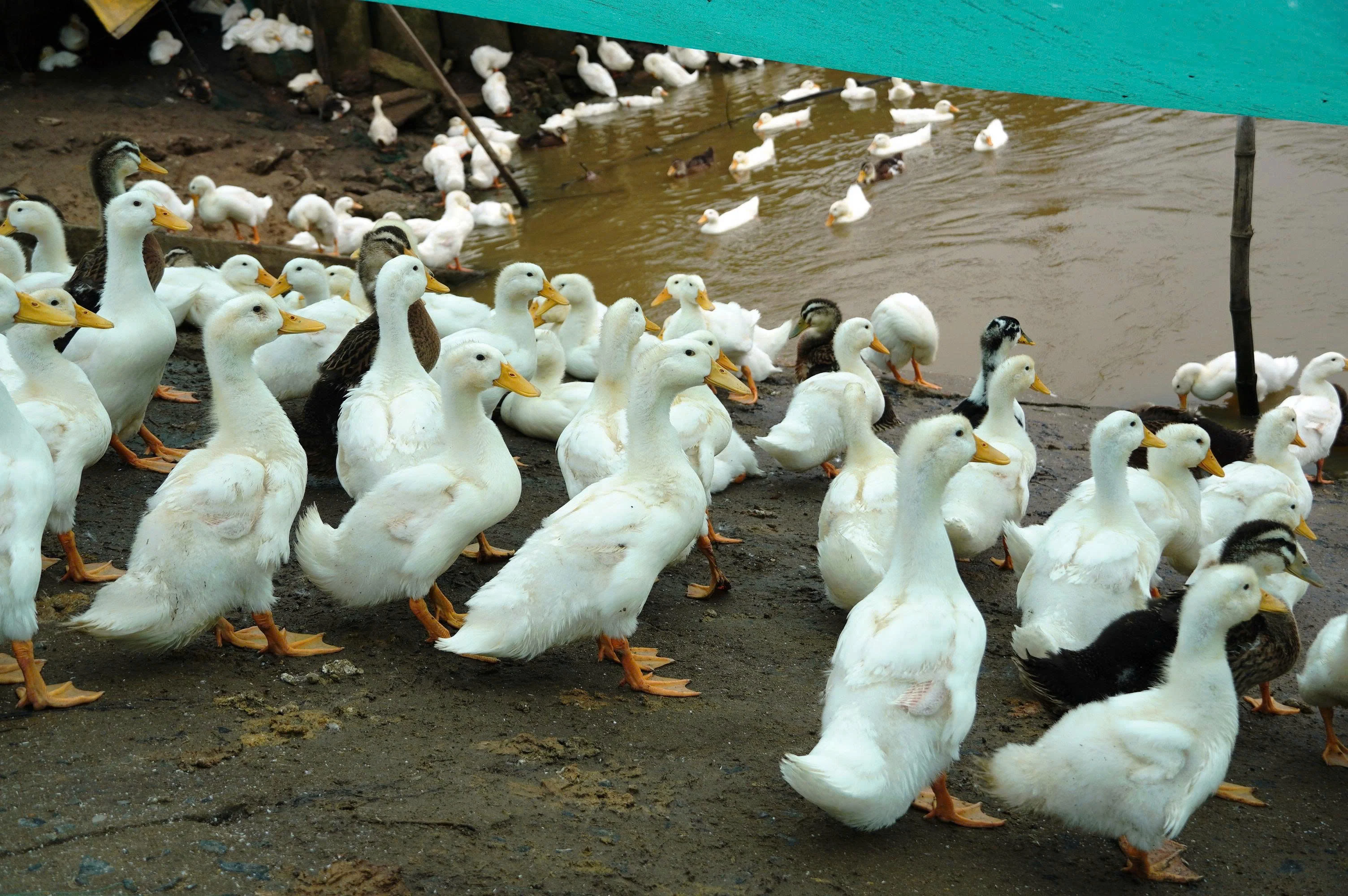
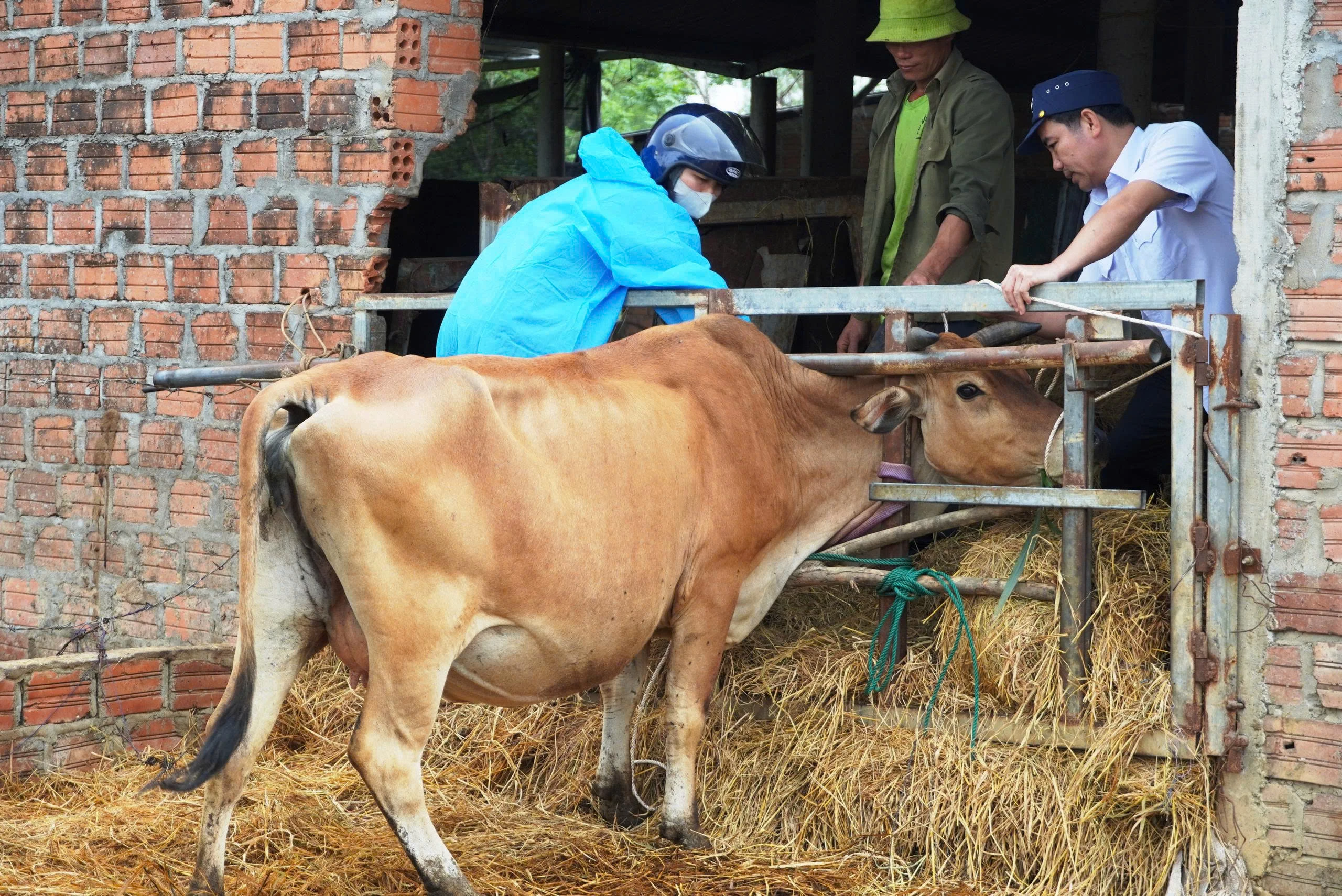


![[Photo] People eagerly lined up to receive special publications of Nhan Dan Newspaper](https://vphoto.vietnam.vn/thumb/1200x675/vietnam/resource/IMAGE/2025/8/30/53437c4c70834dacab351b96e943ec5c)







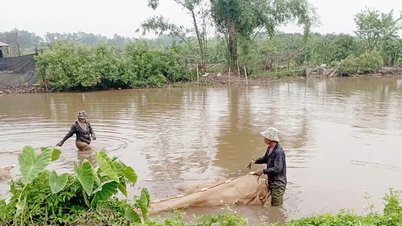

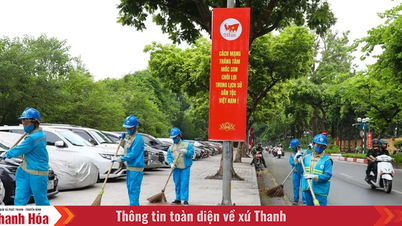


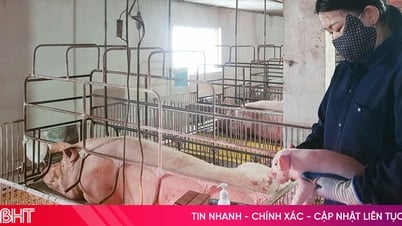

















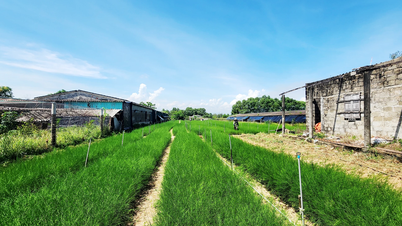





































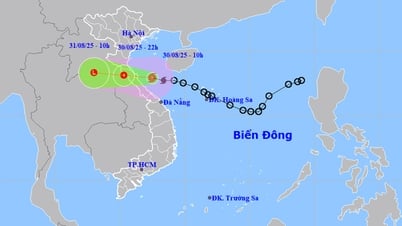







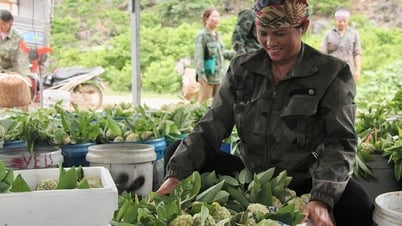
























Comment (0)